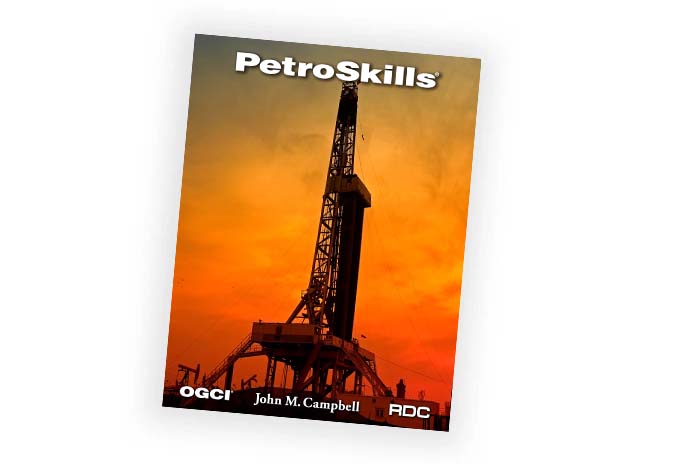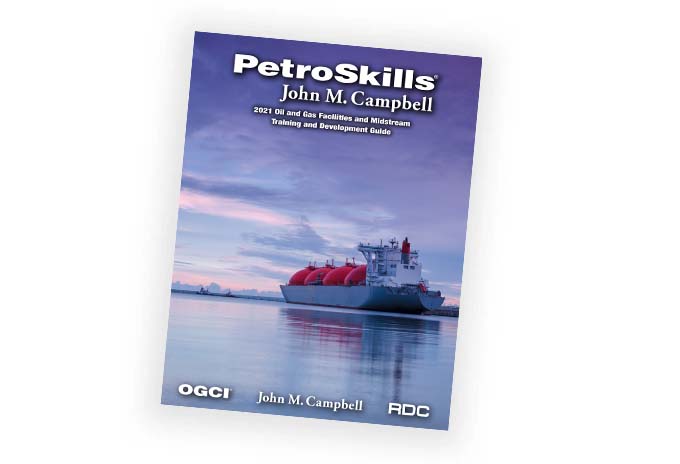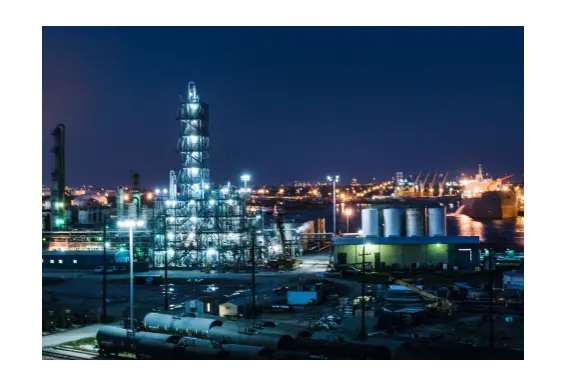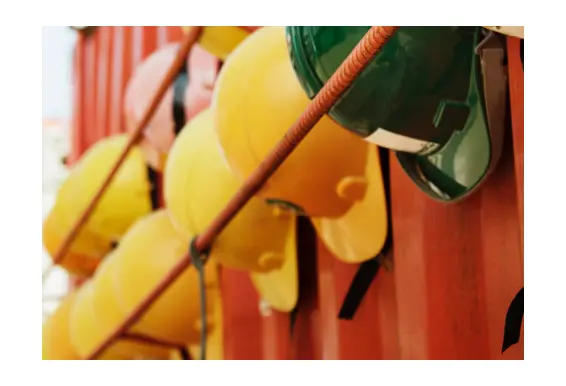Characterization of In-situ Stresses
e-Learning
About the eLearning Course
Probably one of the most important tasks in geomechanical characterization is finding different components of in-situ stresses as discussed in this skill module.
See example online learning module
Target Audience
Geoscientists, petrophysicists, completion and drilling engineers or anyone involved in unconventional reservoir development
You Will Learn
Participants will learn how to:
- Identify the significance of in-situ stresses in subsurface operations with examples from different subsurface operations such as drilling, hydraulic fracturing, fluid production, and waste disposal
- Identify the in-situ stress components in the Earth and verify the validity of common approaches used to simplify the in-situ stress tensor
- Describe the difference between present-day and paleo stresses and explain how natural phenomena and subsurface operations can disturb in-situ stresses
- Calculate vertical stress (Sv) from density logs and quality control and re-build the density logs when necessary
- Explain and use different methods used for identifying horizontal stress orientation such as drilling indicators, sonic anisotropy analysis, seismology and microseismic data, natural fractures, geological indicators, lab and in-situ stress tests, etc.
- List different methods used for estimation/measurement of minimum in-situ stress (Shmin) such as well tests such as mini-frac, extended leak-off test, DFIT
- Implement poroelastic modeling for estimation of the magnitudes of minimum and maximum horizontal stress (Shmin)




